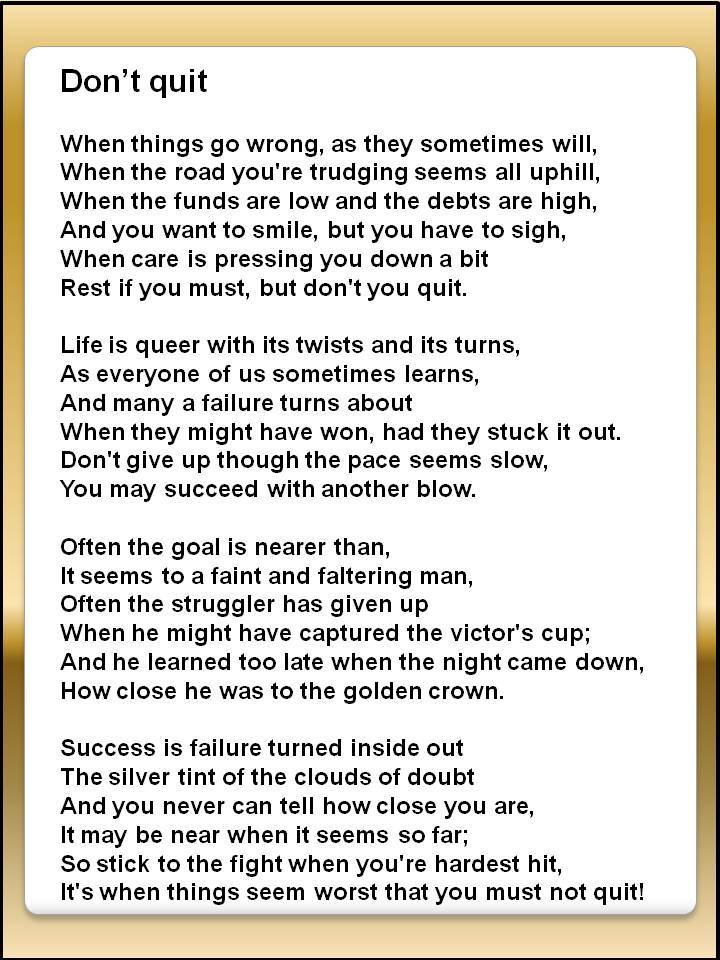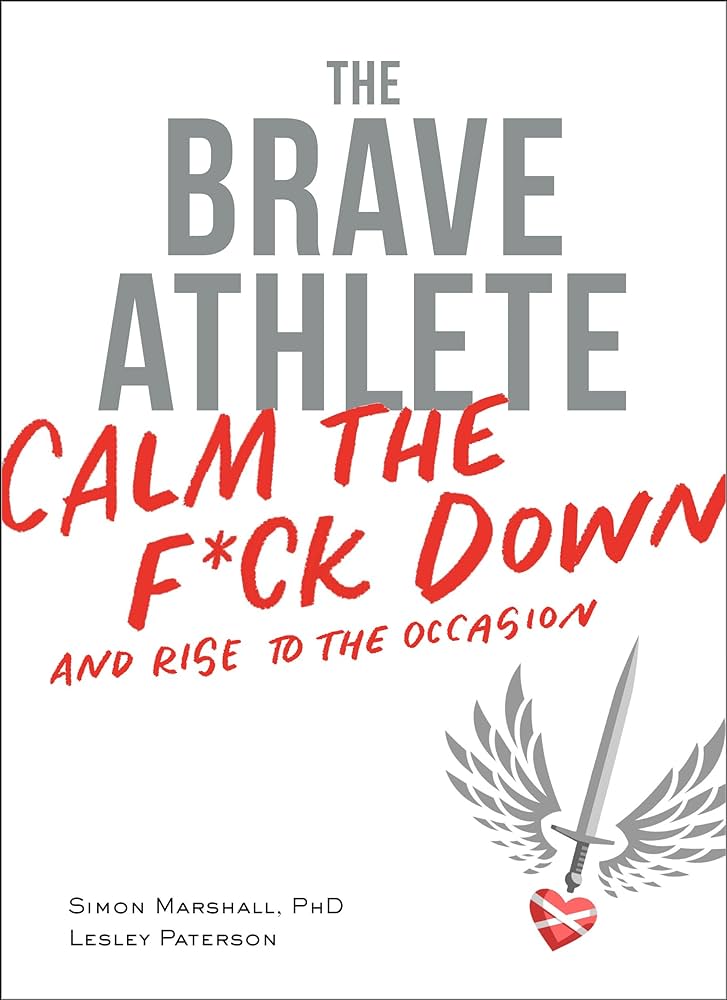Knowing when to quit is as important as having the will to keep pushing when the going gets tough. When you are constantly pushing and challenging yourself beyond your comfort zone, there will be points where you feel you’ve gone beyond your breaking point. Not all quits are created equally, as some quits are needed for your overall well-being, while some quits are just a strategy for your brain to justify your excuses or bullshit. It is not a matter of if it is going to get tough, but would you be able to recalibrate your mind to push through the pain? To be an athlete, you must have a higher pain tolerance than non-athletic minds. It is tough training for endurance sports such as marathons, triathlons, ultramarathons and ironmans.

Our Comfort Zone
To avoid feeling embarrassed, humiliated, and inadequate, we create comfort zones. A comfort zone is simply a psychological fence that we erect around ourselves to protect something that we feel vulnerable about. The psychological fence emerges as a behavioral habit—actions we take to avoid the confrontation. You probably experience a lukewarm version of this on a regular basis: procrastination. Staying inside the fence gives us a sense of security and comfort—a predictableness that is calming.
Beyond the fence lies the unknown—which we assume is discomfort, fear, failure, and judgment. Under these circumstances, it’s no wonder that many people choose to avoid competing at all, or upgrading to a new performance category, trying a new distance, or entering a race they don’t feel fully prepared for. One of the primary jobs of your brain is to keep the inner peace. When opposing or conflicting thoughts live in the same brain (e.g., I need to keep going, but I don’t want to), your brain freaks out and uses a variety of strategies to get back to harmony.

Cognitive Dissonance
Psychologists call this state of brain-in-conflict “cognitive dissonance” because your thoughts, attitudes, or beliefs are in opposition to each other, or “dissonant. Cognitive dissonance usually takes the form of I know this is bad for me, but I like it, or its bedfellow, I know this is good for me, but I don’t like it. Your brain is wired to always confront the mental debate, so it uses three strategies to restore the peace:
- Simply change the thought or action so there’s no more conflict. How very grown-up, right? So you resist the urge to quit the session, you stop a bad behavior or start a healthy one, etc.
- Add a new thought or belief to prove you were justified. For example, you come up with an excuse such as I didn’t have the time, I got a flat tire, or I didn’t feel good.
- Downplay the importance of one side of the argument so there’s less conflict. You tell yourself, Oh, it was only a training race, or that quitting doesn’t matter because I’m only doing this for fun; I’m not exactly a pro athlete!
The first strategy is the only one that doesn’t require some self-deception.
The Legit quit versus the shit quit
Legit Quit
Not all quits are the same. Sometimes quitting is your best option. Quitting a bad relationship, quitting a job that makes you miserable, quitting midway through a training run because of injury pain. These are times when quitting is your brain’s way of saying, “I care about you. You deserve better.
In the world of the athlete, a legit quit is usually limited to the risk of real physical, emotional, financial, or social harm that would ensue if you were to continue. Only you can make this call and judge the actual risk of harm. Feeling injury pain is the most obvious, but other subjective and highly individual legit quit circumstances including meeting your other responsibilities in life and not pissing people off because you’re being selfish.
Shit Quit
You know you’ve experienced a shit quit because it comes with a very deep-seated and private regret after you’ve bailed. Only you know which quit just happened. The trouble is, your brain desperately tries to rationalize both kinds of quitting because your brain’s priority is to reduce the dissonance and restore the comfort and contentment that comes from knowing that your thoughts match your actions.
And there’s nothing comforting about knowing that you gave up when you secretly know that you shouldn’t have. It’s bad for calmness and contentment and forces your brain to resort to its dissonant-reducing contortions.
“To be a brave athlete, you have to determine the type of quit at stake and then make use of a toolbox of strategies to win the brain battle of stick-to-it-ness”
The more you quit, the more your ever-faithful brain tries to restore calm and reduce dissonance. Your brain spins more wild tales about why your actions were justified. Heck, you even start believing it! If you get into a habit, your brain becomes weaker and weaker at resisting it, quite literally. Neural circuits associated with the negative sensations and memories of the quit get strengthened; over time, these messages are transmitted faster and faster and a habit is born

In the past two years, I have participated and finished fifteen full marathons and, in the process, reduced my marathon finish time from 3:59 – 3:44 – 3:20. The training regimen to reduce my marathon finish time was gruesome as I had to increase my mileage and push through the pain, Most days, I don’t want to practice, but the goals have set for myself keeps me going when the going gets tough. Our brain is optimized for the path of least resistance, homeostasis and staying within our comfort zone. By leaving one’s comfort zone through the challenges, pain, trials, roadblocks and obstacles one overcomes in achieving a goal, the pain is worth it in the end.

Staying the course of a tough objective, whether finishing a marathon or learning a foreign or programming language, is hard. The start is exciting, and the middle is messy, but if you push through, the joy of the finish is gratifying. As ancient Rome stoic philosopher Seneca once quipped, “It is not because things are difficult that we do not dare, it is because we do not dare that they are difficult.” Giving your all to achieve a goal gives you a fighting chance of victory and finishing. You miss all the chances you don’t take. Pain is temporary, but the reward of the pain is permanent.
You can always better your best but you have to keep trying and keep pushing. Good better best never let it rest until good is better and better is best. It is going to be rough and tough.
All the best in your quest to get better. Don’t Settle: Live with Passion.



Comments are closed.